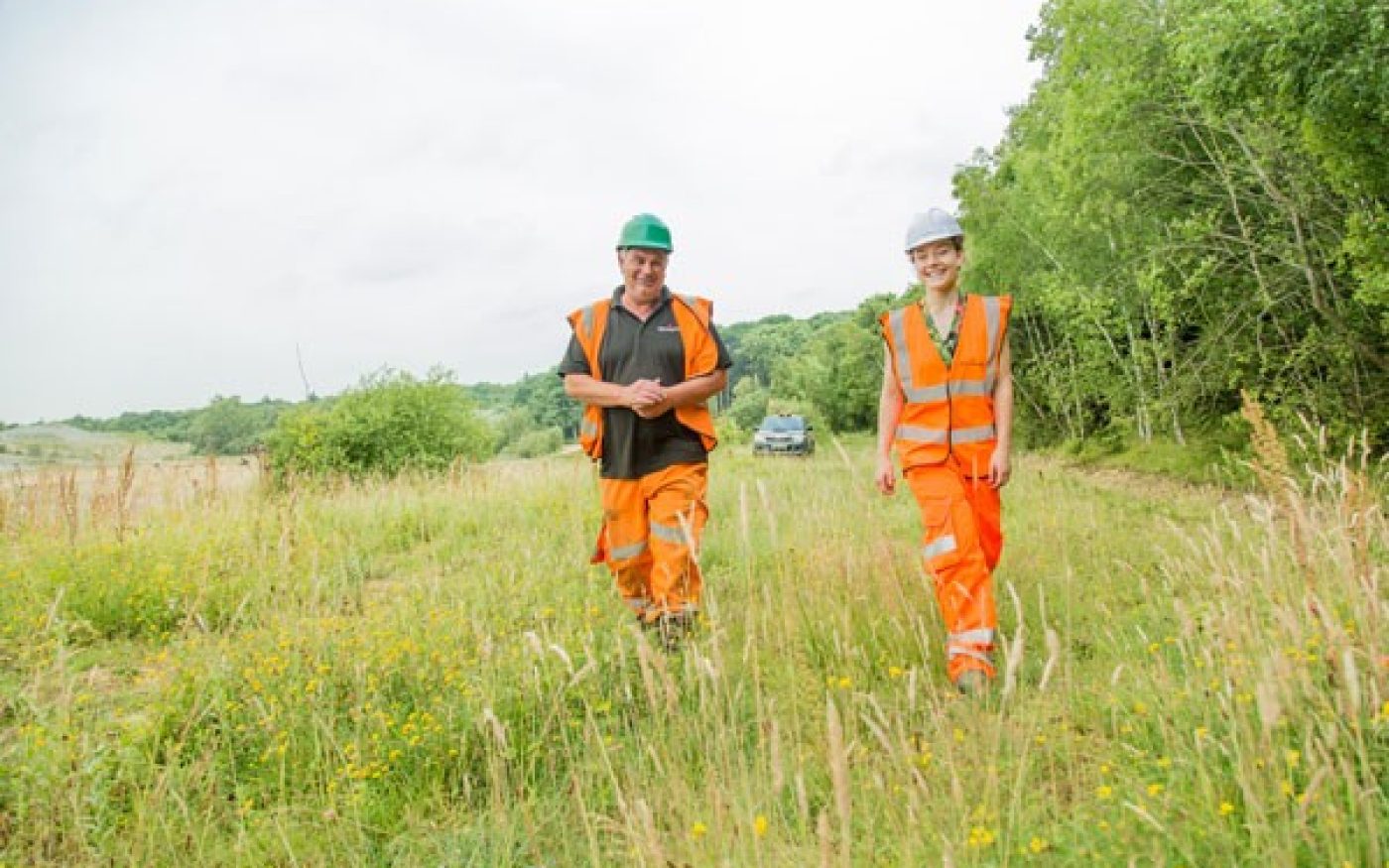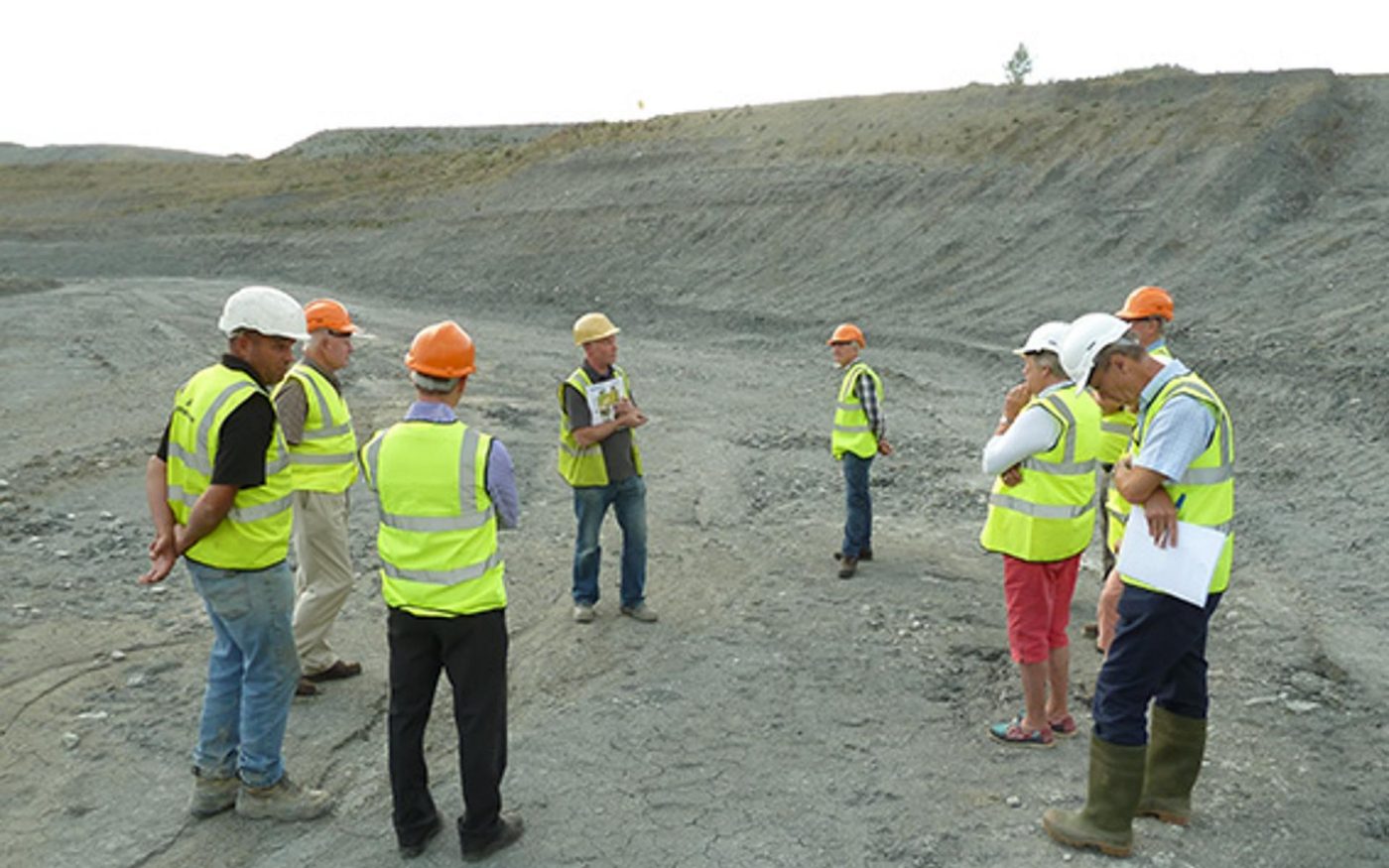2021 was a landmark year for the British construction industry, with the global disruption caused by COVID-19 still very much impacting on the sector. According to the Office for National Statistics (ONS), construction output grew 1.3% in volume terms in September 2021, compared to August, but was still down 1% compared to February 2020, before the pandemic.
As well as the ongoing challenges of COVID-19 recovery, the construction industry has multiple challenges – and opportunities – facing it as we begin the New Year.
Here are four of the most influential trends shaping the industry this year.
1. Upgrading Fire Protection
After the tragedy of the Grenfell Tower fire of June 2017, in which 72 people died, the Hackitt report provided independent recommendations to improve building regulation and fire safety in the UK. If you’re part of the UK construction industry, it’s imperative that you understand how these vital legislative changes will impact your work in 2022 and beyond.
On the 19th March 2020, The Home Office introduced the new Fire Safety Bill, in an effort to improve fire safety in buildings in England and Wales. The Bill has passed through the parliamentary process to become law as The Fire Safety Act 2021. It has been designed to “ensure that people feel safe in their homes, and a tragedy like the Grenfell Tower fire never happens again”.
In addition, on the back of the Hackitt report, Peter Baker was appointed as Chief Inspector of Buildings to establish and lead the new Building Safety Regulator (BSR). The BSR will “deliver the new regime for high risk buildings, oversee work to increase competence of all professionals working on buildings and ensure effective oversight of the entire building safety environment.”
What do these changes mean for the construction industry? Put simply, if you are the person responsible for any residential building, you could be held personally liable for any future breaches. The Fire Safety Act may owe its existence to fire safety issues in high-rise structures, but in fact it applies to any building containing two or more domestic units, with new or revised rules that apply to the building’s structure, external walls, and any common parts, including the access doors to each apartment. In fact, any building over 11 metres is now classed as high rise.
It’s essential that you understand the fire performance of the building materials considered in your designs and meet your legal responsibilities. As a building envelope product manufacturer, Wienerberger is committed to being transparent and clear about the fire performance of our non-combustible cladding materials. Read more about fire performance ratings for facades.







